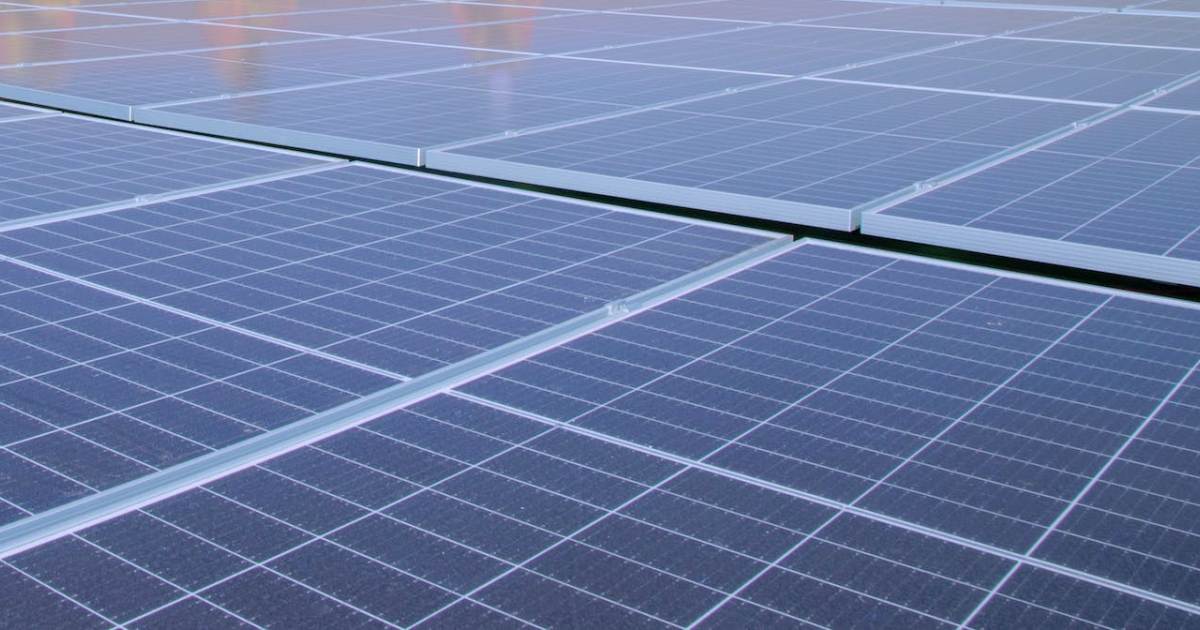Solar panels are on the cards for a bunch of Oberon Council assets – with battery storage to perhaps follow down the track.
The Oberon local government area is situated in the central tablelands region of New South Wales. The LGA has a population of 5,580 (as at the 2021 Census), 3,319 of whom live in the town of Oberon. While small in population, Oberon is thinking big when it comes to renewable energy.
Council recently set a target to source at least 50% of its total electricity from renewable energy, starting from the next electricity contract commencing from January 2023. Furthermore, Council is aiming to source 100% of grid-delivered electricity from renewables by 2030.
A Renewable Energy Action Plan (REAP) has also been developed to enable Oberon Council to identify and prioritise opportunities that will help it to cost-effectively boost the amount of renewable energy generated at its facilities and lower mains grid energy consumption. That plan was endorsed at Council’s most recent meeting.
Minimum And Maximum Solar (+ Batteries)
The plan has two recommended pathways in terms of on-site renewables, specifically solar power.
Minimum solar PV in the short and medium term that would generate 355MWh of electricity per annum – 93MWh of which would be exported back to the grid. Estimated total investment is $270,008, with forecast annual savings of $73,751 for a simple payback of 3.6 years. There would be no batteries involved.
That’s a pretty impressive payback.
Maximum solar PV – the maximum solar PV that could installed on Council assets, along with battery storage. This is seen as a longer term effort given the current high cost of batteries. Under this scenario, total investment for solar PV and battery storage is $925,158 at current prices. Annual savings of $118,575 could be achieved, for a simple payback of 7.8 years.
That’s still not too shabby; but it demonstrates solar-only packs a powerful punch on payback, while the addition of batteries (currently) greatly increases it.
In terms of the cash needed for the minimum solar PV scenario, Oberon has received a $1,287,800 grant from the Stronger Country Communities Fund for various projects. Among the 4 priority projects for consideration by the grants authority is solar and batteries ($200,000).
While Council doesn’t appear to have much in the way of existing PV, solar panels in Oberon are already a fairly common sight on the rooftops of homes and businesses. More than 652 small-scale systems have been installed in the 2787 postcode as at August 31, 2022; with a collective capacity of 3,528 kW.
Other REAP Actions
One of the other projects in the action plan that Council has already undertaken is in connection to energy efficiency; predominantly involving the upgrading of streetlights to LED lighting.
Oberon Council is also eyeing opportunities for switching its fleet to electric vehicles.
“Assisted by the new NSW Government’s $490m package for EVs, it will likely be feasible to switch to electric vehicles for passenger cars and LCVs by 2030,” states a report prepared by Council’s General Manager. “Other electric vehicle opportunities for larger fleet items are emerging as well, and Council’s active interest in EV and other low emissions transport will position it well for future upgrade opportunities.”
It’s always great to see Councils across Australia large and small seizing renewable energy and other cleantech opportunities – these not only slash emissions but also energy costs for local governments; and consequently ratepayers.


 RSS - Posts
RSS - Posts



Speak Your Mind